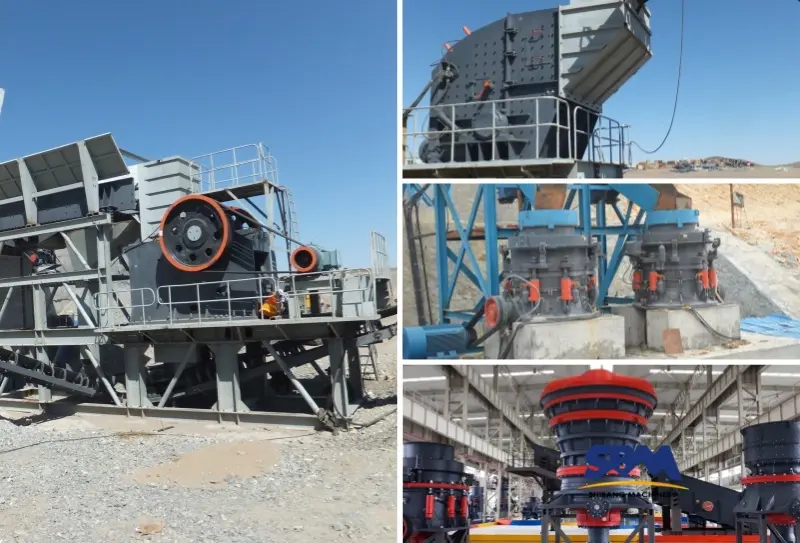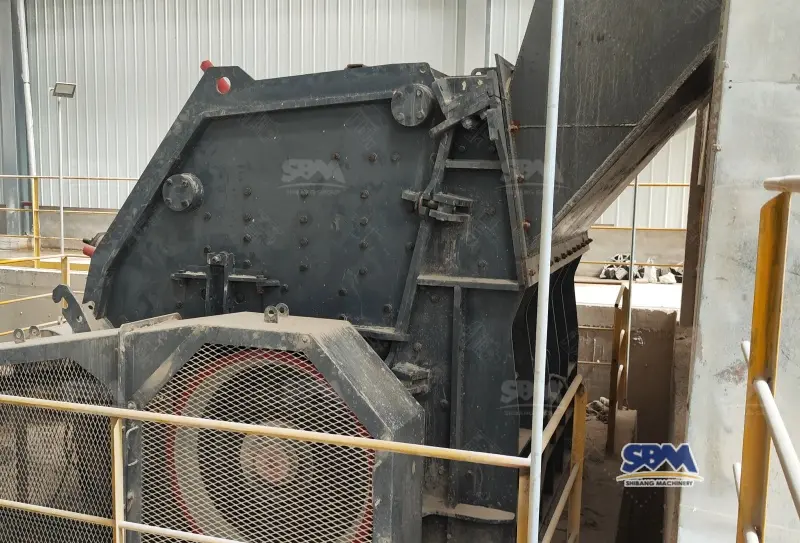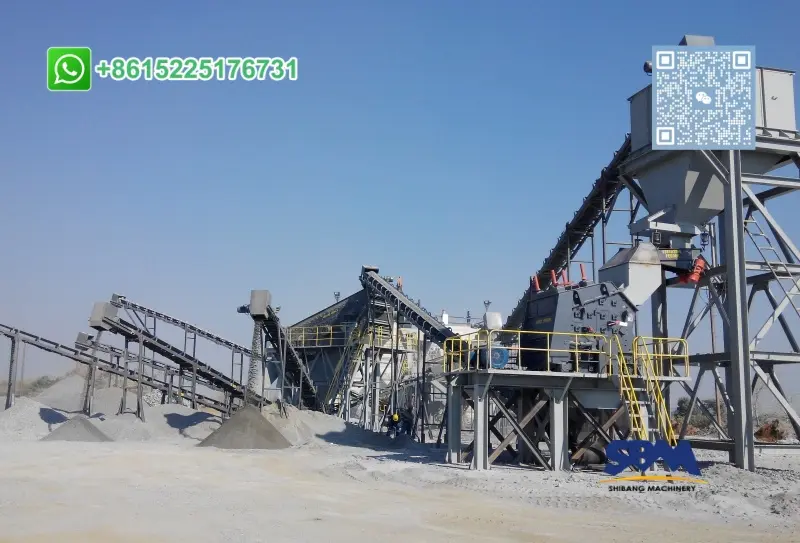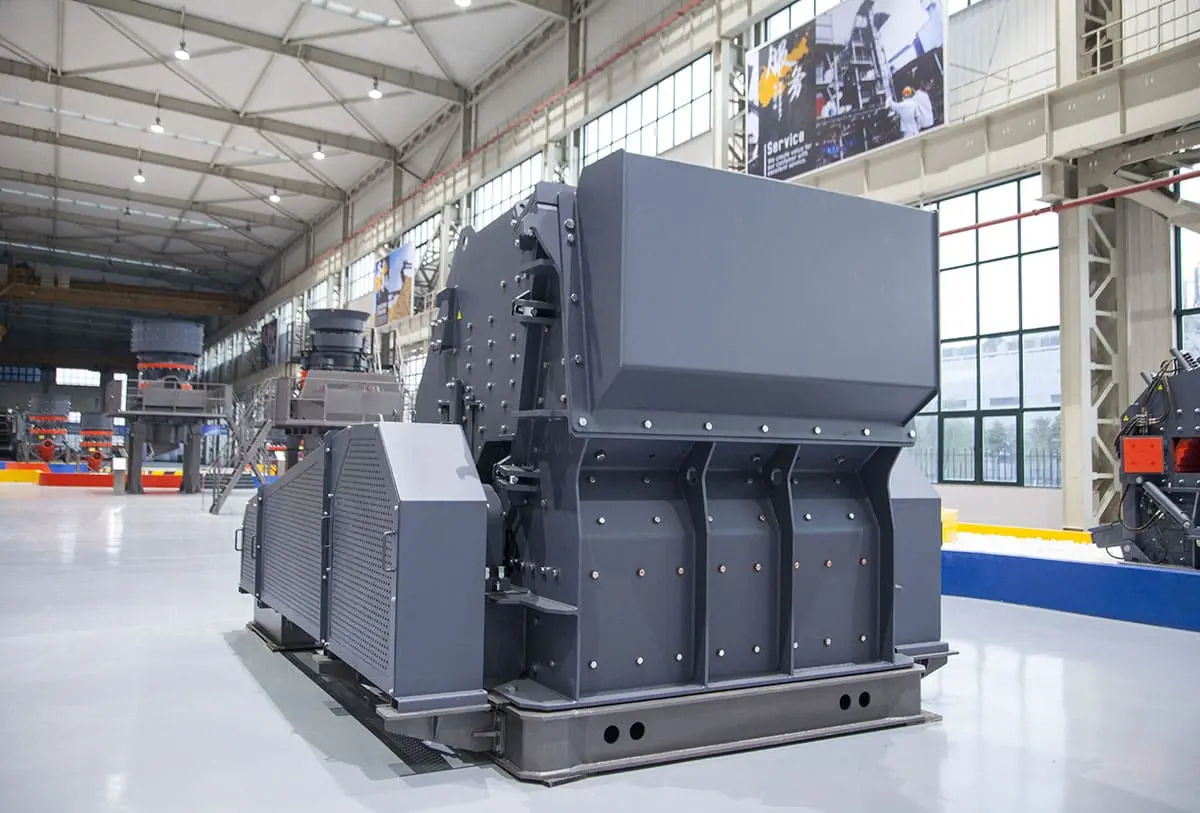E-mail: [email protected]
Optimiser le processus de concassage et de dépistage du minerai de fer | Guide d'efficacité
Minerai de fer: le brut, puissant colonne vertébrale sous-jacent l'industrie moderne. Nous transformons cet ingrédient essentiel en l'acier qui façonne notre monde. Mais avant qu'il ne nourrit les hauts fourneaux, it undergoes a vital transformation: le iron ore crushing and screening process. More than simply fracturing rock, this essential sequence targets precision, efficacité de concassage, and liberating the ore’s full potential value. Let’s dive into how this critical mineral processing journey works and how to optimize it.
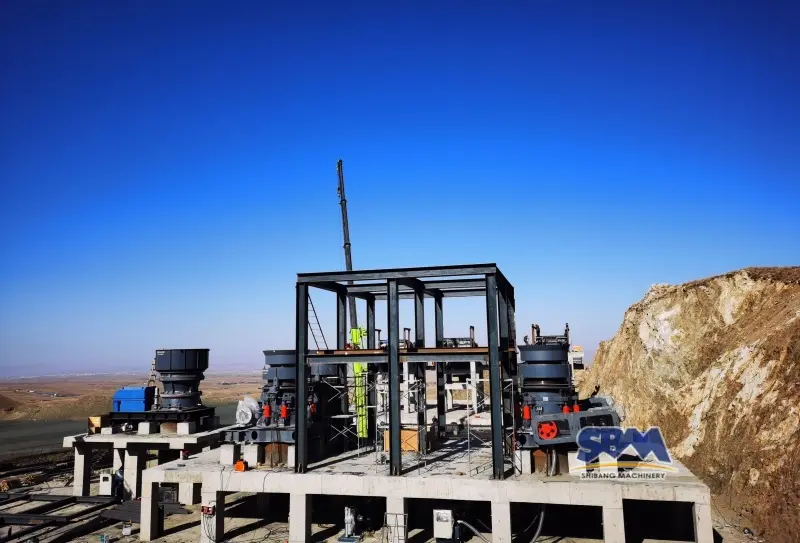
Why Crushing and Screening Iron Ore Matters
Honestly, raw iron ore straight from the mine is rarely ready for its starring role. It comes in massive, irregular chunks mixed with waste rock (gang). Crushing and screening acts like a master key, systematically reducing size and meticulously separating valuable ore from less useful material. The goals are crystal clear:
- Size Reduction: Get the ore down to a particle size suitable for the next stage (like beneficiation or direct shipping).
- Liberation: Break the ore apart so iron minerals separate from the gangue minerals.
- Classification: Group particles by size via dépistage, ensuring each downstream process gets precisely what it needs.
- Efficacité: Maximize throughput and yield while minimizing energy use and waste. Getting this process right directly impacts the bottom line – it’s where operational excellence truly begins.
The Iron Ore Crushing and Screening Process: Étape par étape
Picture the precision-engineered coordination of colossal machinery. Here’s how a typical iron ore processing plant tackles the task:
1. Écrasement primaire: The First Break
- The Goal: Reduce the massive run-of-mine ore (sometimes over 1 meter!) down to manageable chunks (around 150-300mm).
- The Workhorse: Heavy-duty Jaw Crushers or Gyratory Crushers are the heroes here. They use immense compressive force to crack the ore like a nut. Think of them as the powerful first punch. Reliability is non-negotiable at this stage – downtime here halts everything.
2. Primary Screening: The Initial Sort
- The Goal: Remove fine material already at the desired size (“scalping”) and separate oversize material needing further crushing.
- The Tool: Robust Vibrating Screens (like Scalping Screens). Oversize material heads back for more crushing, while correctly sized fines might bypass the next stage. This step is crucial for optimizing the load on secondary crushers and boosting overallplant efficiency.
3. Écrasement secondaire: Refining the Size
- The Goal: Take the primary crushed ore and reduce it further (often to 30-60mm).
- The Workhorse: Cone Crushers shine here. They operate at higher speeds than primaries, using a mantle gyrating within a concave bowl to crush the ore by compression and impact. They deliver a more uniform product size, which is fantastic news for the screening stages ahead.
4. Dépistage secondaire: Precision Sizing
- The Goal: Split the secondary crushed material into specific size fractions. This is where the screening process gets precise.
- The Tool: Multi-deck Vibrating Screens are common. Each deck has screens with different aperture sizes. Top deck catches oversized material (sent back to secondary crushing), middle decks capture valuable mid-sized product, and the bottom deck lets fines pass through. Getting clean separation here is vital for product quality.
5. Écrasement tertiaire (If Needed): La touche finale
- The Goal: For applications demanding very specific, finer sizes (like pellet feed), a third crushing stage might be employed.
- The Workhorse: Concasseurs à cône (often finer settings) or High-Pressure Grinding Rolls (Hpgr) can be used. HPGRs are gaining popularity for their energy efficiency and ability to produce more fractured particles, aiding liberation.
6. Final Screening: Delivering the Goods
- The Goal: Ensure the final crushed product meets exact size specifications before moving to beneficiation or shipping.
- The Tool: Fine Screening equipment (Par exemple, high-frequency screens). This final quality control checkpoint guarantees the ore is perfectly prepared for its next transformative step. Seeing that perfectly graded product pile up is genuinely satisfying!
Contenu connexe: Iron Tailings Sand Making Plant
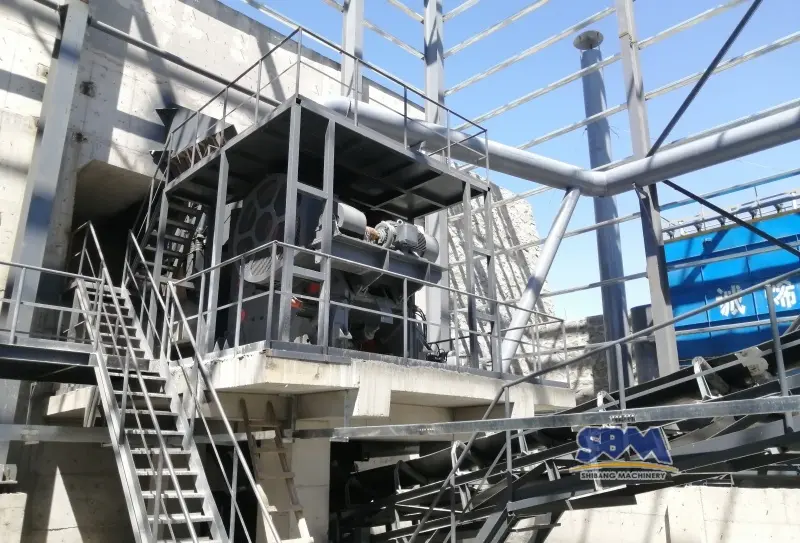
Choosing the Right Equipment: The Heart of Efficiency
Your choice of crushers and screens dramatically impacts the success of youriron ore crushing and screening circuit. Considérer:
- Ore Characteristics: Dureté, abrasive, teneur en humidité, and feed size distribution are king. Dur, abrasive ore demands incredibly robust crushers and wear-resistant liners.
- Desired Product Size & Capacité: How fine do you need it? How many tons per hour (TPH) must you process? This dictates crusher type, taille, and screen area.
- Plant Layout & Mobilité: Fixed plant? Semi-mobile? Fully mobile? Each has its place depending on mine life and logistics. Mobile crushing and screening plants offer amazing flexibility for satellite deposits.
- Technology: Modern crushers offer advanced automation for consistent product and optimized operation. Screens with innovative deck designs improve efficiency and reduce blinding (when wet material clogs screens – a real headache!).
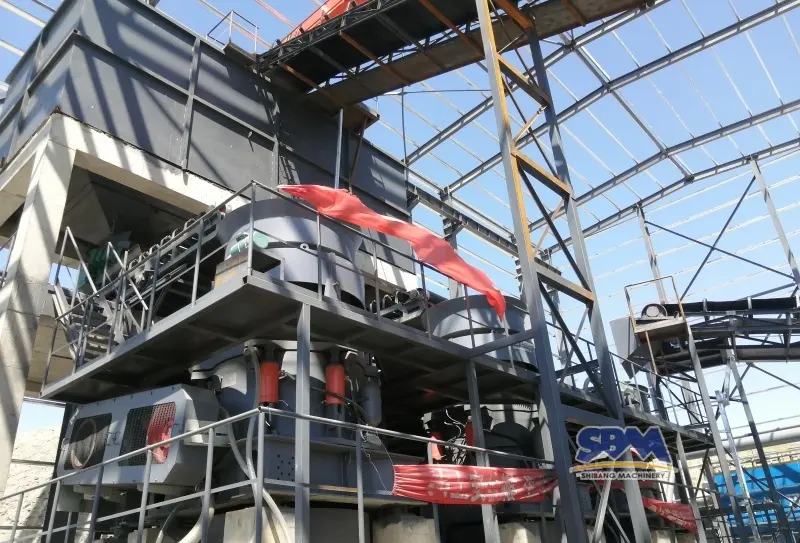
Optimizing Your Iron Ore Processing Flow
Beyond just the machinery, achieving peak performance in theiron ore size reduction and classification process involves:
- Entretien régulier: Seriously, don’t skimp here. Scheduled checks on crusher liners, screen meshes, roulements, and conveyors prevent catastrophic failures. Downtime is the enemy of profit.
- Contrôle de l'alimentation: Consistent feed rate and size into the primary crusher is paramount. Surge piles or feeders help smooth things out.
- Material Flow Design: Minimize transfer points, ensure proper chute design to reduce wear and dust, and optimize conveyor angles. A well-designed flow feels almost effortless.
- Dust Suppression: Crushing generates dust – lots of it. Effective suppression systems (pulvérisation, dust collectors) are essential for environmental compliance and worker health. It’s simply responsible operation.
- Monitoring & Control: Use sensors and automation to track key parameters (power draw, pression, levels) and make real-time adjustments. Data is power!
Mastering the Foundation
Le iron ore crushing and screening process is more than just brute force; it’s the essential first act in transforming raw earth into industrial progress. Understanding the stages – primary crushing, dépistage, secondary crushing, more screening, and potentially tertiary crushing – and investing in the right, robust equipment (comme le high-capacity crushers and efficient screens offered by leaders such as SBM) is fundamental. By optimizing this mineral crushing circuit for efficiency, product quality, et la fiabilité, mining operations lay the strongest possible foundation for downstream success. It’s truly impressive to witness how these powerful machines work in concert to unlock the potential hidden within every ton of ore.
Bureau du siège social
WhatsApp:+8615225176731
E-mail: [email protected]
Adresse: Non. 1688, Gaoke East Road, Nouveau quartier de Pudong, Shangai, Chine.
Site Internet: https://www.mill-sbm.com/

